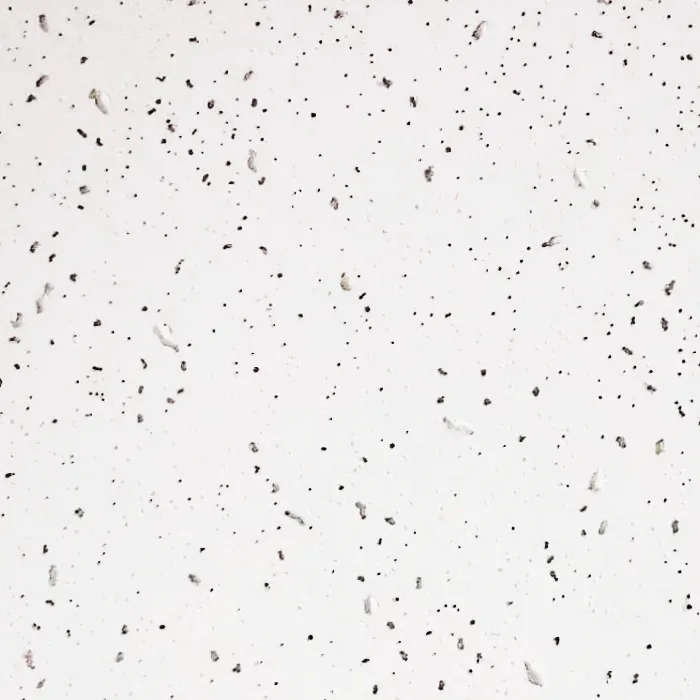Dec . 17, 2024 03:55 Back to list
Ceiling Grid Cross Tees Installation and Design Guide for Optimal Support Systems
Understanding Ceiling Grid Cross Tees A Comprehensive Overview
Ceiling grid systems are an essential component of modern interior design and construction, providing not only aesthetic appeal but also functionality. Among the essential elements of these systems are the cross tees, which play a pivotal role in supporting ceiling panels and maintaining the overall structure of suspended ceilings. This article delves into the significance, types, and installation of ceiling grid cross tees.
What Are Ceiling Grid Cross Tees?
Cross tees are horizontal metal components that connect to the main tees, the primary structural elements of a ceiling grid. They create a framework that allows for the placement of ceiling tiles or panels. Typically, cross tees are available in various lengths, such as 2 feet, 4 feet, or more, depending on the layout of the space and the desired configuration of the ceiling.
These components are primarily made from galvanized steel, aluminum, or other materials, which ensures durability and resistance to corrosion. The choice of material can impact not just the weight and strength of the grid but also its overall aesthetic. Cross tees can also come in different finishes to match or complement the ceiling tiles and the design of the room.
The Importance of Cross Tees in Ceiling Grids
Cross tees serve several critical functions in ceiling grid systems
1. Structural Support They provide essential support for ceiling tiles, distributing their weight evenly across the grid. This helps prevent sagging or bowing, maintaining an attractive appearance and ensuring safety.
2. Design Flexibility The arrangement of cross tees can be customized to create various patterns and designs, allowing architects and designers to tailor the ceiling to fit the specific needs of a space.
3. Acoustic Control Certain cross tees may be designed to improve sound absorption when used in conjunction with appropriate ceiling tiles, thus enhancing the acoustic properties of a room.
4. Integration of Services Cross tees facilitate the integration of lighting fixtures, HVAC ducts, and other services within the ceiling space. By providing a framework for these systems, cross tees help maintain an organized and visually appealing ceiling.
ceiling grid cross tee

Types of Cross Tees
Cross tees typically come in two main types narrow and wide. Narrow cross tees, usually measuring 15/16 inches in width, are common in standard installations, while wider cross tees, measuring 2 inches or more, may be used for aesthetic purposes or to improve structural integrity in specific applications.
Furthermore, cross tees can be fixed or removable. Removable cross tees are advantageous for maintenance, as they allow easy access to above-ceiling services, making them ideal for commercial settings.
Installation of Ceiling Grid Cross Tees
Installing ceiling grid cross tees requires precision, as the entire grid must be level and properly aligned to function effectively. Here are the basic steps for installation
1. Planning and Measurement Before installation, precise measurements must be taken to determine the layout of the grid. This step includes deciding the spacing needed between main tees and cross tees based on the dimensions of the ceiling tiles.
2. Suspending Main Tees Main tees are hung from the overhead structure using hangers or wires. Ensuring they are level is crucial, as they form the backbone of the grid.
3. Inserting Cross Tees Once the main tees are secured, cross tees can be inserted at the designated intervals. This step often involves locking the cross tees into place, ensuring a snug fit.
4. Adding Ceiling Tiles Finally, once the grid is complete, ceiling tiles can be placed into the openings created by the cross tees, completing the installation.
Conclusion
Ceiling grid cross tees are an integral part of suspended ceiling systems, offering both structural support and design flexibility. Understanding their types, functions, and installation techniques is essential for anyone involved in interior design or construction. By carefully considering the selection and placement of cross tees, designers can create attractive, functional, and efficient spaces that meet the needs of their clients.
-
Durable Ceiling T Grid Systems | Easy InstallationNewsAug.29,2025
-
PVC Gypsum Ceiling: Durable, Laminated Tiles for Modern SpacesNewsAug.28,2025
-
Pvc Gypsum Ceiling Is DurableNewsAug.21,2025
-
Mineral Fiber Board Is DurableNewsAug.21,2025
-
Ceiling Tile Clip Reusable DesignNewsAug.21,2025
-
Ceiling T Grid Modular DesignNewsAug.21,2025







